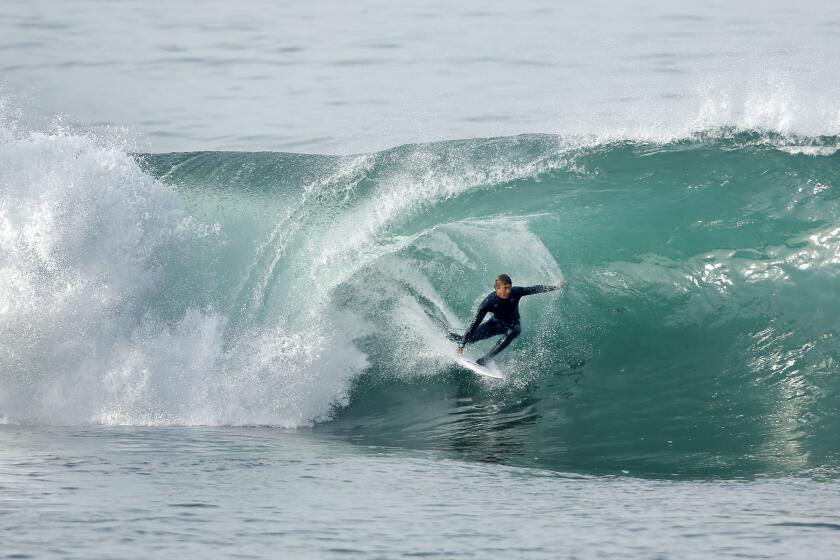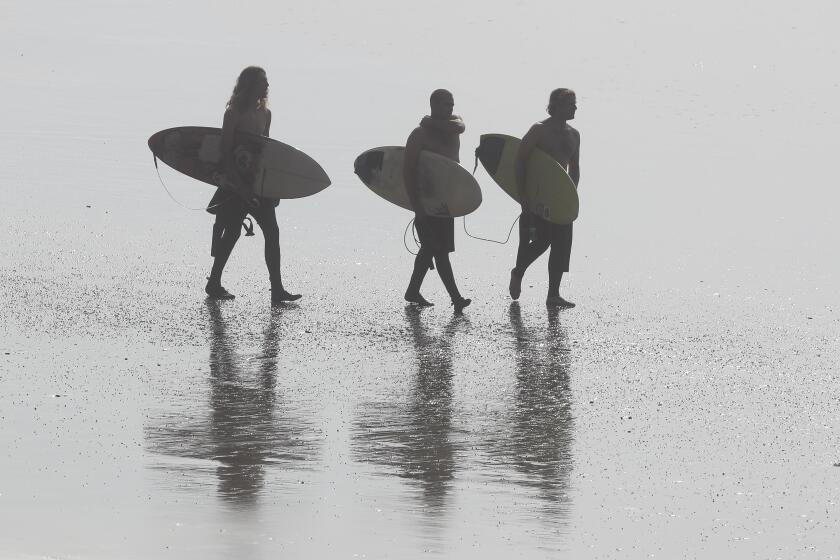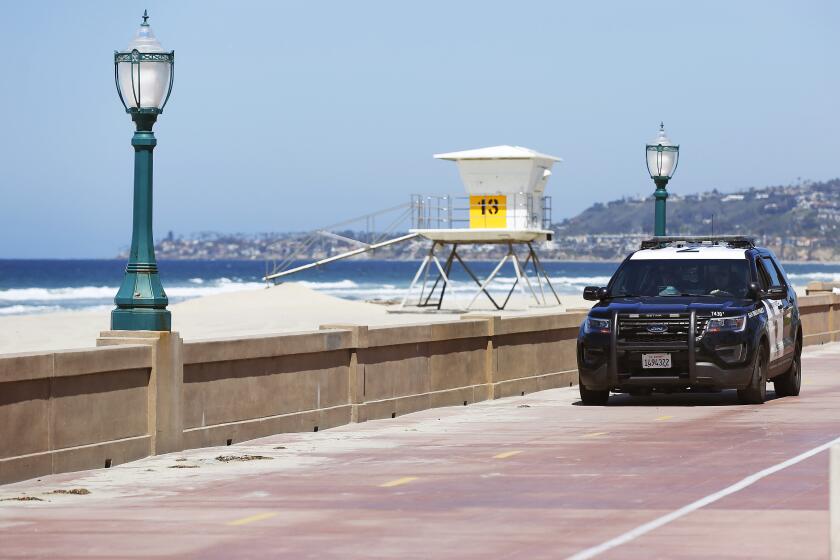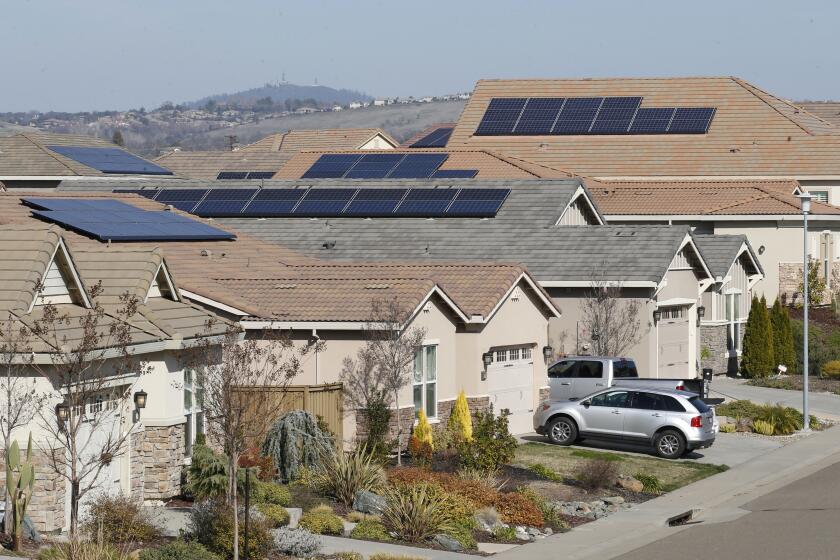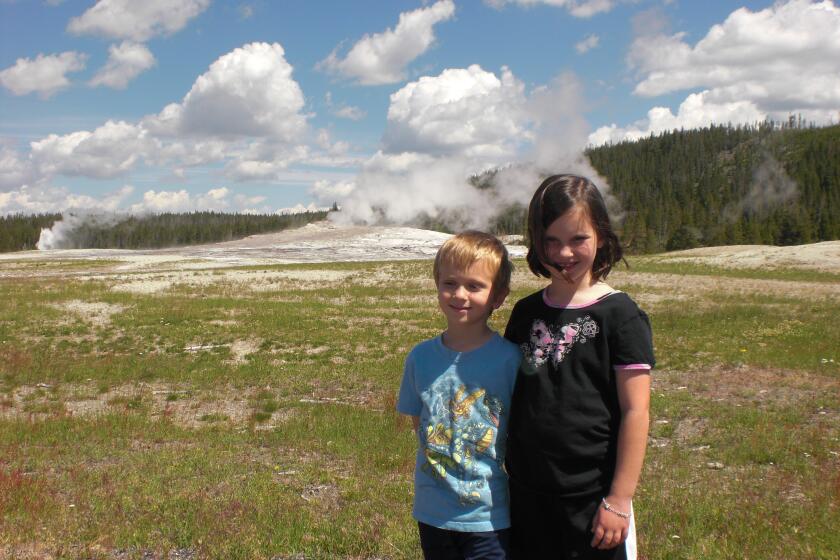Commentary: With beaches closed, San Diego surfers have lost ‘a profound, immersive, and invigorating peace’
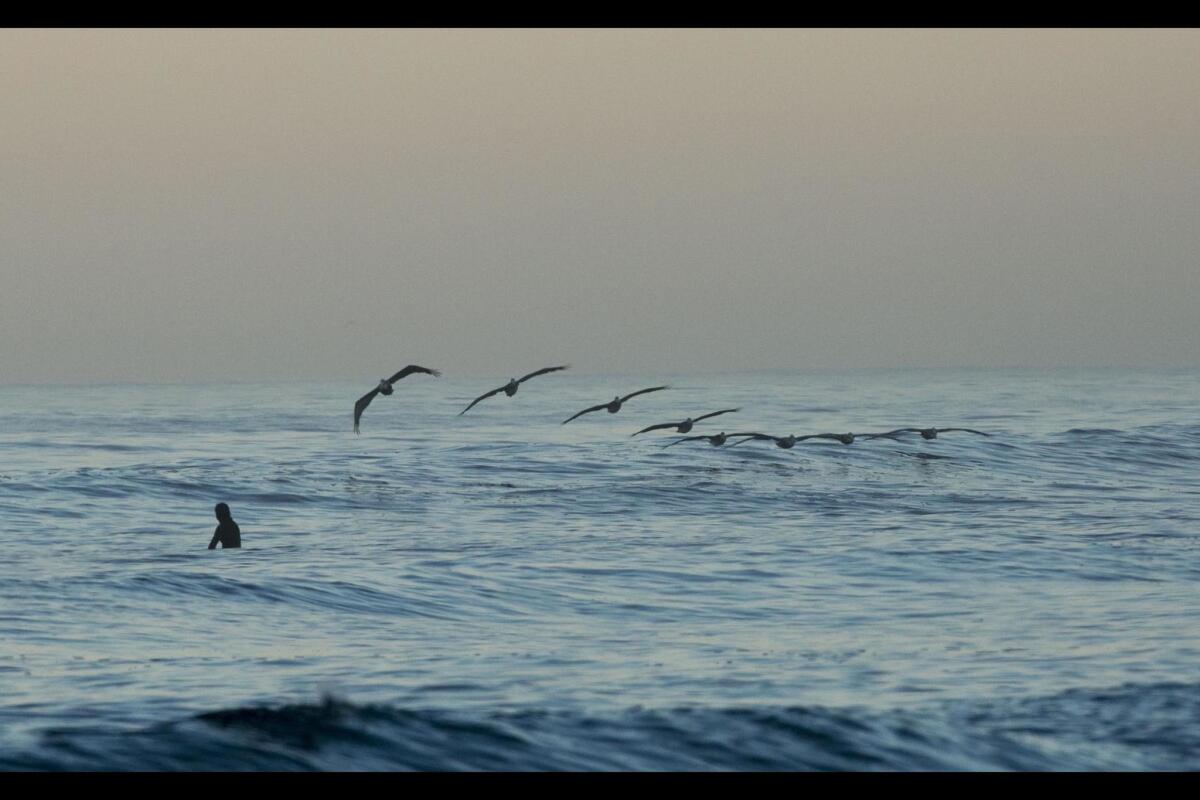
One morning last summer, I paddled my surfboard out to a distant San Diego surf spot, moving through layers of white water in the predawn darkness to catch the first waves of a Southern Hemisphere swell.
Azure, hollow cylinders broke over the reef with a sharp retort. Scanning the horizon, I spotted an overhead set wave and as I felt a sense of weightlessness from dropping into the blue void, a surge of happiness spread over me. After a couple of hours of tackling the building swell, I was filled with joy and eager anticipation of the day before me.
Ocean conservationist Wallace J. Nichols describes the feeling I had while surfing and all day afterward in his book, “Blue Mind,” as “a mildly meditative state characterized by calm, peacefulness, unity, and sense of general happiness and satisfaction with life in the moment.” Seeking my Blue Mind has largely directed the trajectory of my life since I first rode a wave at Cardiff Reef in 1977 at the age of 13. I’m not unique.
San Diego is home to hundreds of thousands of surfers and avid recreational beachgoers and ocean users who seek a daily dose at our beautiful public beaches of what Nichols describes as “a profound, immersive, and invigorating peace.”
For Randy Strunk, owner of Pacific Beach Surf Shop, “These daily rituals of surfing are so ingrained into body, mind and spirit. The ocean is where we feel connected and find our balance and peace. It’s where we sort things out and find purpose in our life.”
But earlier this week, that life, and the geographic heart and soul of San Diego where land meets sea, our main street and melting pot, was shuttered when we needed it the most. The place where we seek solace was cut off to surfing and recreational beach goers before it became a place that could make us sick.
After summer-like, massive crowds descended upon San Diego County beaches over the weekend of March 21- 22, the city of San Diego closed San Diego’s beaches the following Monday. Officials had no choice. “We couldn’t afford to have the kind of spring break situation that happened in Florida. And we had to protect our first responders,” San Digeo Mayor Kevin Faulconer told me.
The cities of Carlsbad, Encinitas, Solana Beach, Del Mar and my own city of Imperial Beach quickly followed suit. “After we observed thousands of folks at our beaches who were gathering and not maintaining the mandated physical distance, we made the tough decision to close our beaches, ” said Carlsbad City Council member Cori Schumacher, who is a three-time women’s world longboard champion. “There are some who are questioning the decision, but Carlsbad is committed to doing everything in our power to flatten the curve and protect our community.”
San Diego beaches are closed, but surfers should be allowed to surf
Even though beaches are closed for coronavirus, surfers should still be allowed access to the waves, writes a Windansea Surf Club member. He has a plan for how it could work.
Local officials have closed San Diego beaches in response to the coronavirus and surfing has been banned too. Gary Linden appeals to fellow surfers to follow the rules.
With the recent and necessary beach closures, the rest of San Diego is feeling what the surfers and residents of Imperial Beach have experienced for decades. Due to the horrific and worsening pollution from Tijuana, the southern end of Imperial Beach has been closed for a total of four years out of the past 11. Our main beach has been closed due to pollution almost continuously since last November.
This is not the first time that San Diego has experienced an influenza-related quarantine. According to Mike Martino, author of “Help! San Diego Lifeguards to the Rescue,” in October 1918, a similar stay-at-home and closure order was issued by the San Diego Board of Health as a result of the deadly Spanish influenza. “The city ended one quarantine only to institute another when the disease came roaring back,” writes Martino. It was too late to prevent the death in April 1919, of George Freeth, one of the fathers of modern surfing, swimming and lifeguarding, at the age of 35.

Coping with coronavirus
The pandemic sweeping the globe has changed everyone’s lives, and we want to hear how it’s changed yours. If you’d like to write an op-ed for us on a subject related to the virus, make it 700-750 words and send it to us with your name and a phone number so we can reach you.
Luckily, professional surfers such as Tahitian charger Michel Bourez are stepping up to show leadership.
Bourez posted recently on Instagram, “You have to think about people with a weak immune system, including the elderly and sick people. So I won’t go surfing this swell out of respect for them. We are all in the same boat and all this is very serious. The sooner we make the effort to stay at home, the sooner the spread of the virus will decrease. We can therefore return to normal life.”
Dedina is the mayor of Imperial Beach and the executive director of WILDCOAST. The author of “Surfing the Border,” he is a former city of Imperial Beach and state of California ocean lifeguard.
Get Weekend Opinion on Sundays and Reader Opinion on Mondays
Editorials, commentary and more delivered Sunday morning, and Reader Reaction on Mondays.
You may occasionally receive promotional content from the San Diego Union-Tribune.
